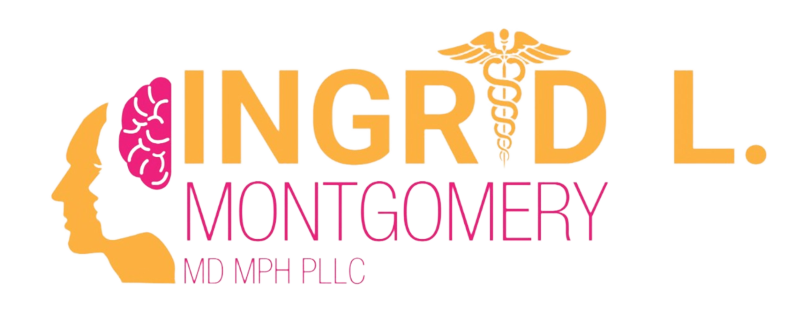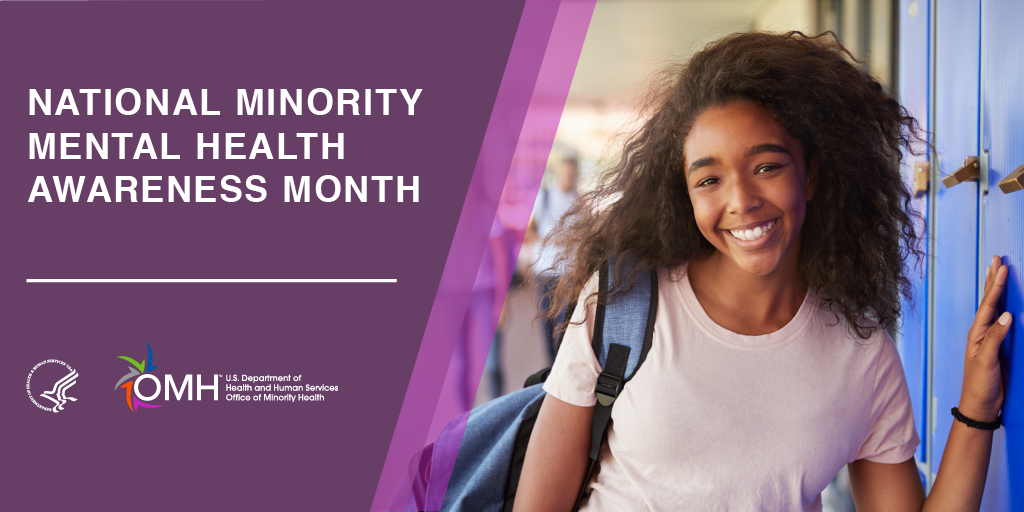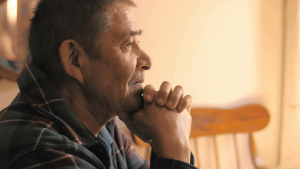How to Engage Minority Youth


How to Engage Minority Youth
1. Become Culturally Aware
Challenge yourself to learn about the cultures. What is the trending fashion, styles, “slang”/language, songs, video games being played, interests? Anything that is relevant to our young community
2. Practice Empathy
Try to reach back and recall a difficult time in your life feeling like nobody cares and not being understood. How did you feel? Relate your personal feelings as you try to understand and connect to minority communities. By displaying empathy, you will have more patience and understanding towards these individuals.
3. Serve as a mentor and dedicate one on one time with a young person. Contact various agencies such as “Big Brothers Big Sisters of America”; religious places of worship, and schools that may have volunteer opportunities.
4. Children are a product of their environment. Arrange a time to connect with a parent or friend of a youth and learn what is needed for them and the child. Based on their need, offer resources that may not be well known to this special population.
5. Volunteer time at after school programs and schools in disadvantaged areas.














